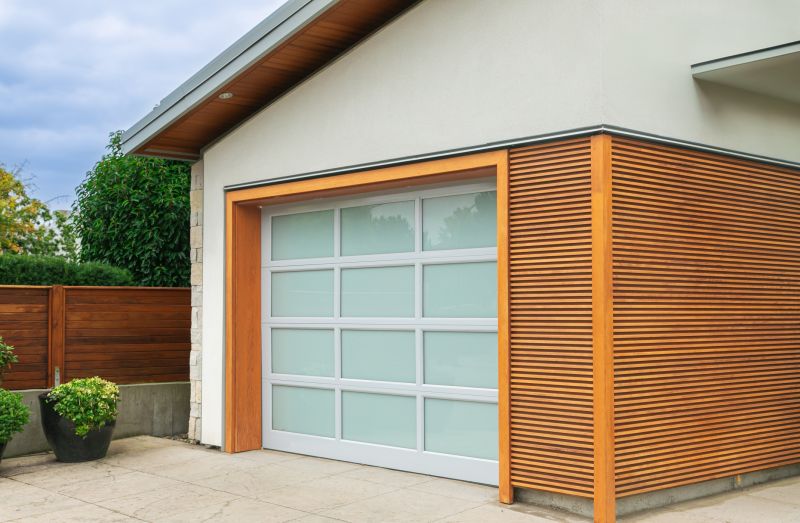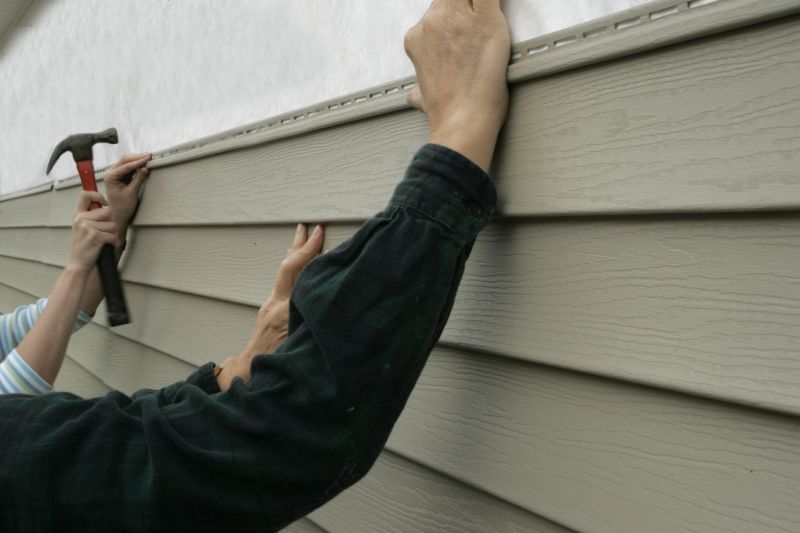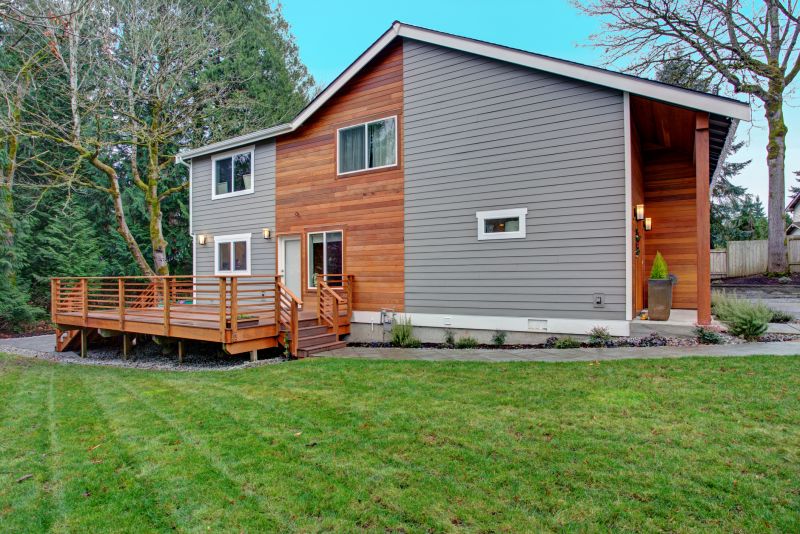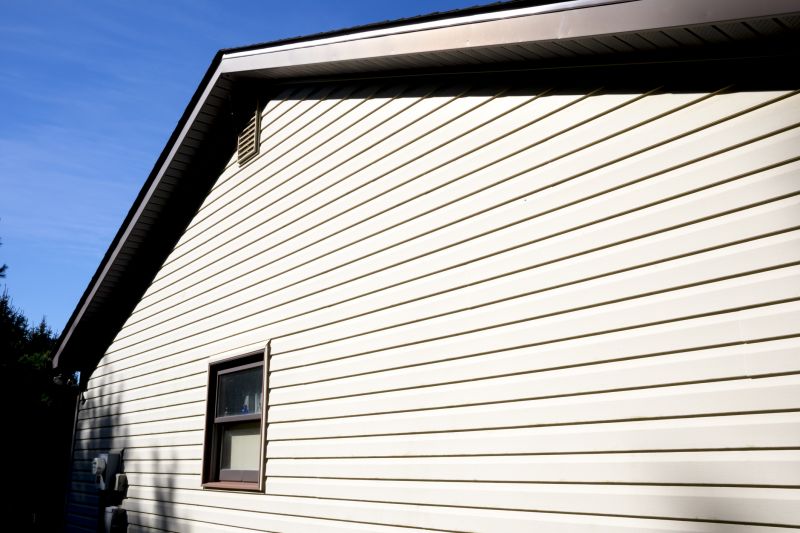Steps to Insulated Siding Installation in Beachwood, Ohio
Steps for Insulated Siding Installation
- Initial Consultation and Inspection
The first step is to schedule a consultation with a professional to assess your home’s exterior. During the inspection, the team will evaluate the condition of your current siding, take measurements, and discuss design options based on your preferences and needs.
- Material Selection
Next, you will select the type, color, and style of insulated siding that fits your home’s aesthetic and functional requirements. The professional will guide you through different options, including foam-backed vinyl siding, to ensure you make an informed decision.
- Preparation of the Exterior
The installation team will prepare the surface by removing the old siding, if applicable, and repairing any underlying issues such as damaged walls or framing. This step ensures that the new insulated siding will be properly installed and secure.
- Installation of Insulation Layer
The next step involves placing the insulation layer behind the siding. This foam or fiberglass insulation is crucial for improving energy efficiency by reducing heat loss and improving temperature regulation inside the home.
- Installation of Insulated Siding Panels
Once the insulation layer is in place, the siding panels are carefully installed. The professional will ensure that the panels are properly aligned, securely fastened, and free of any gaps or imperfections that could affect their performance.
- Sealing and Caulking
After the siding panels are in place, any seams or joints are sealed and caulked to prevent water infiltration and ensure the siding is properly protected against the elements.
- Final Inspection and Clean-Up
Once the installation is complete, the professional will conduct a final inspection to ensure everything is installed to the highest standard. They will also clean up the work area, removing any debris or leftover materials from the job site.
- Post-Installation Follow-Up
A follow-up visit may be scheduled to ensure that the siding is performing as expected and to address any potential adjustments that might be needed after the installation process.




